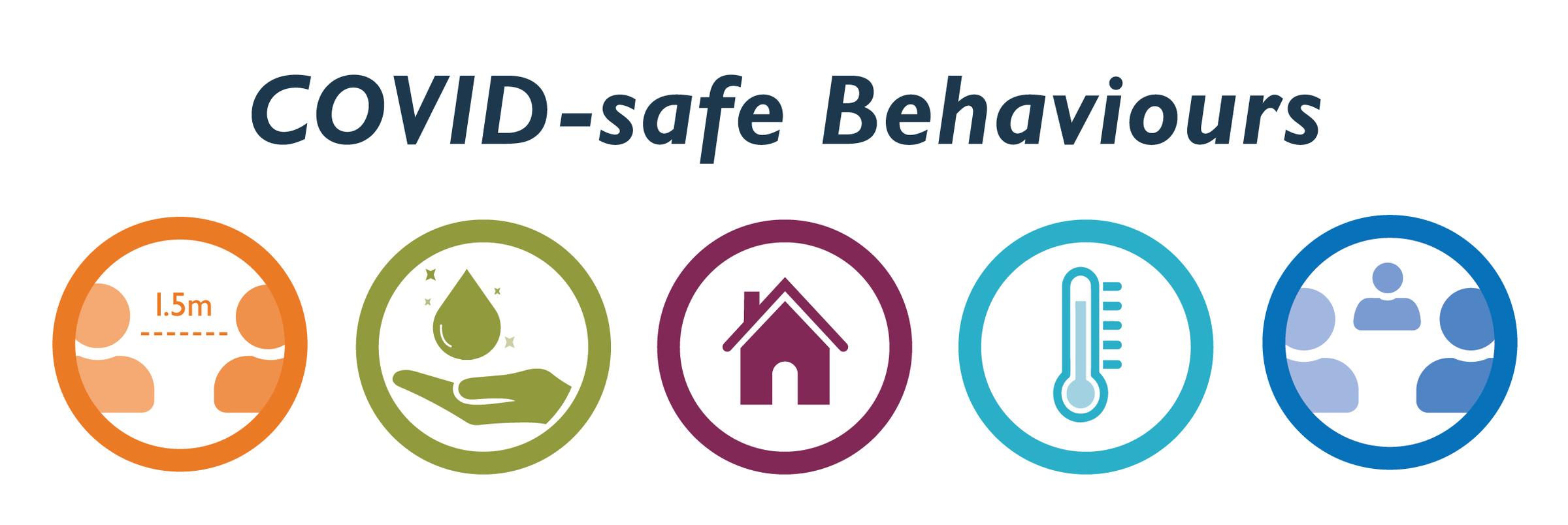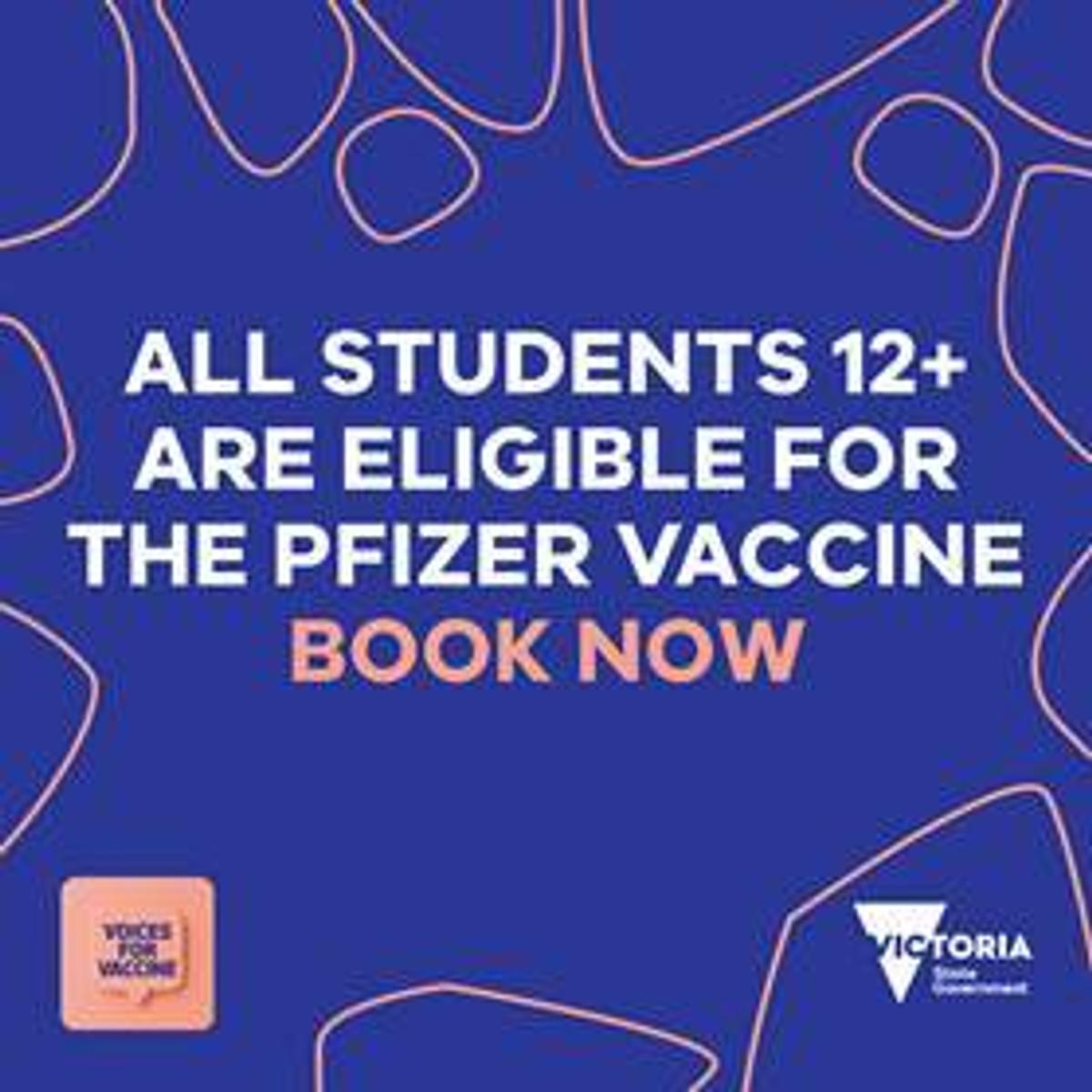COVID-19 Updates

COVID-19 Vaccinations
All Victorians aged over 12 are eligible to receive a COVID-19 vaccine. With more appointments now available, support Victoria’s vaccination targets and do your part in keeping your school community safe. For more information, visit : www.coronavirus.vic.gov.au/vaccine
Some general information about understanding Covid-19 and its transmission.
As COVID-19 is a new virus, new scientific research is regularly emerging. Currently, the World Health Organization suggests that COVID-19 can be transmitted by contact with droplets or airborne aerosols from an infected person, and contaminated surfaces. Airborne aerosols are tiny particles that float in the air. This understanding may change as more research emerges and more is learned about COVID-19. Droplet transmission
A person can be infected with coronavirus (COVID-19) by touching respiratory droplets such as saliva or tears from an infected person. These are spread through coughing, sneezing, kissing, talking or singing. These droplets can enter your mouth, nose or eyes and cause infection. This can happen by having close face-to-face contact, being within 1.5 metres of someone with coronavirus (COVID19), or by touching a contaminated surface before touching your face.
Airborne transmission Saliva or tears from an infected person can stay in the air after they cough, sneeze, talk or even sing. This means that coronavirus (COVID-19) can be spread through these tiny infectious particles suspended in the air. Sometimes, the virus can remain in the air for some time in settings such as in indoor spaces with poor ventilation. Contaminated surfaces transmission Coronavirus (COVID-19) can spread when secretions or droplets from an infected person land on surfaces.
The virus can live on surfaces for hours or days, depending on the temperature, humidity, type of surface, and how much of the virus is present. If you touch an infected surface, you could become infected by then touching your nose, mouth or eyes. You could also spread the virus from one surface to another and infect other people. For more information on the science behind COVID-19 see
Facts about coronavirus (COVID-19)
A combination of strategies is required to minimise transmission risk. No single strategy completely reduces risk and not every measure will be possible in all educational settings. Where some controls are not feasible, others should be enhanced. Strategies should also be adjusted over time in line with the changing risk of transmission in the community.

